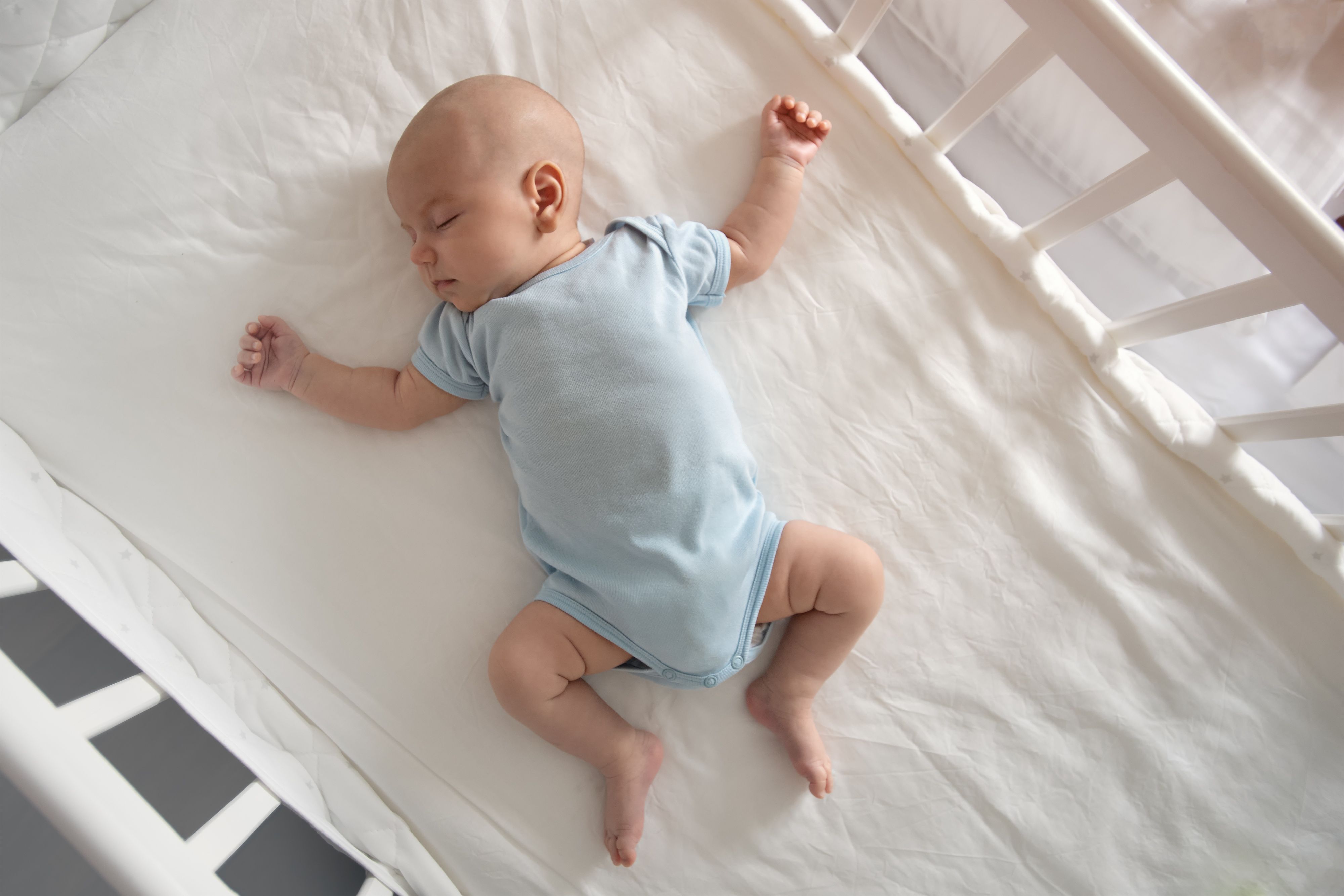Here’s what parents think of pre-owned child health and safety equipment
Over 50% of parents said they have used pre-owned child health and safety equipment. Whether it comes from family or a stranger, from cribs to car seats, all equipment should be inspected and researched before allowing a child to use it according to a C.S. Mott Children’s Hospital National Poll on Children’s Health.
Aileron Terminates Phase 1b Trial | Image Credit: © Руслан Галиуллин - © Руслан Галиуллин - stock.adobe.com.

A majority of parents surveyed in a recent C.S. Mott Children’s Hospital National Poll feel child health and safety equipment is used for such a short amount of time and that it’s too expensive to buy everything new, resulting in the use of pre-owned equipment.
Infants and children require a variety of health and safety equipment. Some equipment is bought new, some families borrow equipment, or use devices that have been passed down. According to the poll, some families find equipment from resale shops or yard sales.
Most parents polled agree that buying all new equipment seems wasteful (78%) and too expensive (82%). Roughly half (51%) of parents polled have no issues using pre-owned devices from family members or close friends, and 45% say they are comfortable with equipment bought at resale shops or at a yard sale. Four percent say that they are not comfortable using any pre-owned equipment.
According to the poll, over half (53%) of parents say they have used pre-owned equipment. Cribs (28%), highchairs (24%), outdoor play structures (18%), strollers (17%), playpens (15%), and bath sets (13%) are some of the most reused equipment. Seven percent of parents say they reuse car seats while 8% reused booster seats, though reporting reuse of these items is less likely. Household income was a factor in the likelihood of using pre-owned equipment for children, as 58% of parents with household incomes under $100,000 said they have reused equipment compared to 48% of parents making over $100,000.
Though 53% of parents say they have used pre-owned equipment, 74% say they would prefer to buy new equipment to ensure safety for their child. Sixty-three deem it difficult to tell whether pre-owned equipment is safe for their child. Most parents (90%) are “very likely” to inspect pre-owed equipment for signs of damage and 88% will sanitize it. Less parents (55%) said they would search the internet for set-up and use instructions and for product recall information on the reused equipment (49%).
Giving away or selling child health and safety equipment was common among parents, as 74% said they donated or sold items to a family member. Fifty-two percent donated or sold to a charitable organization, 35% to a garage sale, and 33% to a children’s resale shop.
Regardless of where parents receive pre-owned child health and safety equipment, steps to ensure safety should be taken. An important step is correct assembly and installation, as equipment can collapse or malfunction, potentially causing injuries to the child. If the equipment does not have original packaging or instructions, parents can search for the manufacturer’s website to find instructions.
According to the report, it is particularly important for parents to obtain product-specific information related to pre-owned car seats since safety considerations vary by age, height, and weight.
Checking for product recalls is also very important to ensure the child’s safety. The US Consumer Product Safety Commission (cpsc.gov) is a website where parents can search for recall information. Further, saferproducts.gov is a “comprehensive search engine for all recalled products and a portal to report any products that have malfunctioned,” the report states.
Safety standards and regulations are always evolving as research identifies items that could pose a risk to the child. Cribs, one of the most common types of pre-owned equipment, should not have a drop-side rail. Further, crib rails should be less than 6 centimeters apart, and headboards should not have decorative cut-outs that can trap a child’s body. Parents using pre-owned cribs may not be aware of how safety standards have changed.
Results of this poll demonstrated that most parents have donated or sold their child’s health and safety equipment. Prior to selling, parents should check that equipment is in good working order. If it is not functioning correctly, parents should dispose of the equipment to avoid risking injury of another child. If possible, parents should attach instructions of the product to the pre-owned equipment so new owners have correct installation and use information.
Reference:
Used but still safe? Parent views on pre-owned child equipment. National Poll on Children’s Health. MAY 15, 2023. Accessed May 25, 2023. https://mottpoll.org/reports/used-still-safe-parent-views-pre-owned-child-equipment